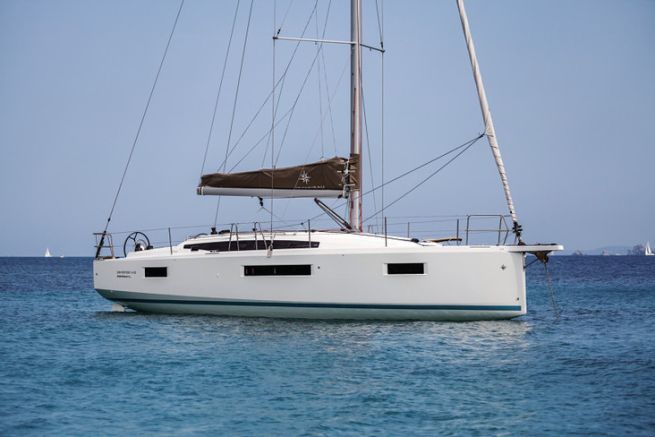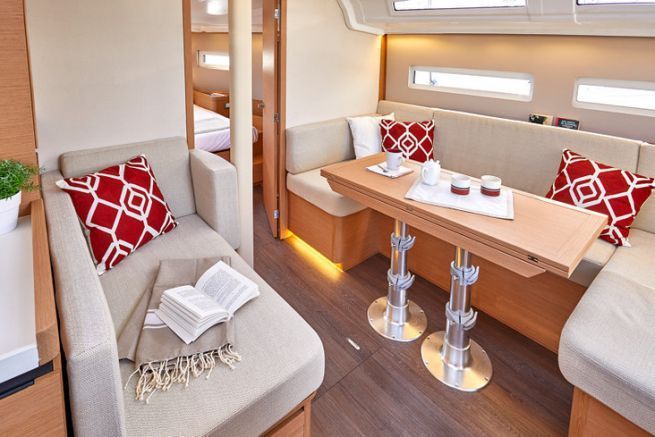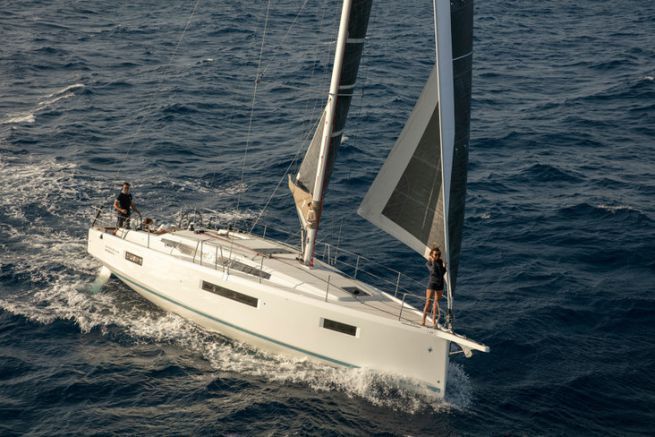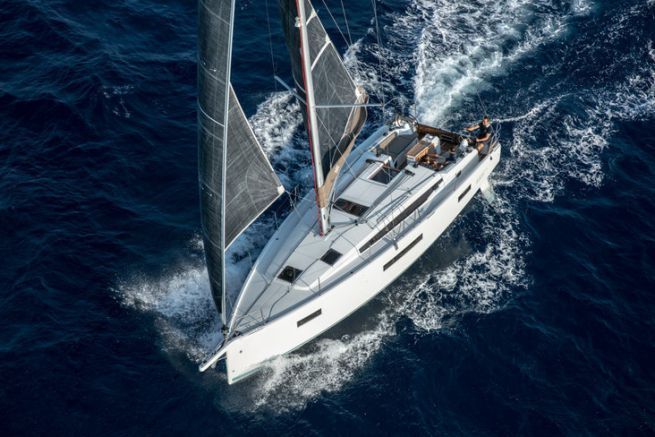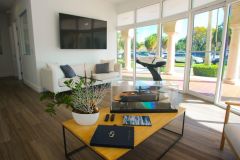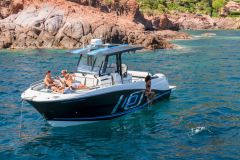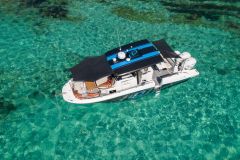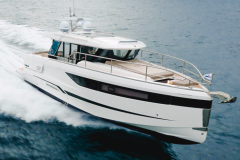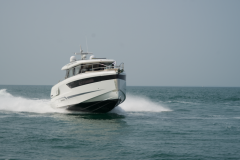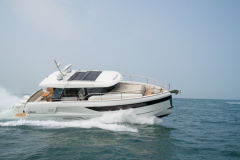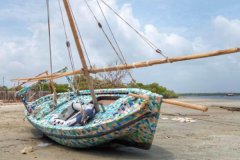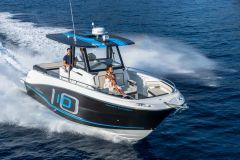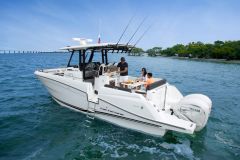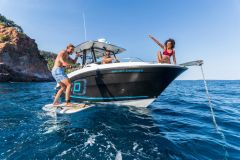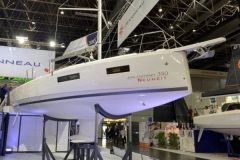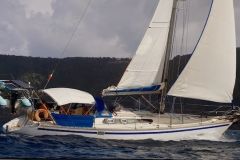Easier travel
Taking the concept of the "step-less bridge circulation" that appeared on the 490 and 440 in 2018, the Sun Odyssey 410 is aimed at an "all ages" clientele. Combined with a new wide and powerful hull and clever fittings, it is easy on the kneecaps when moving around, but still capable of entertaining the helmsman when sailing. The Jeanneau shipyard did not hesitate to build a full-scale polystyrene model to validate the concept of the obstacle-free deck.
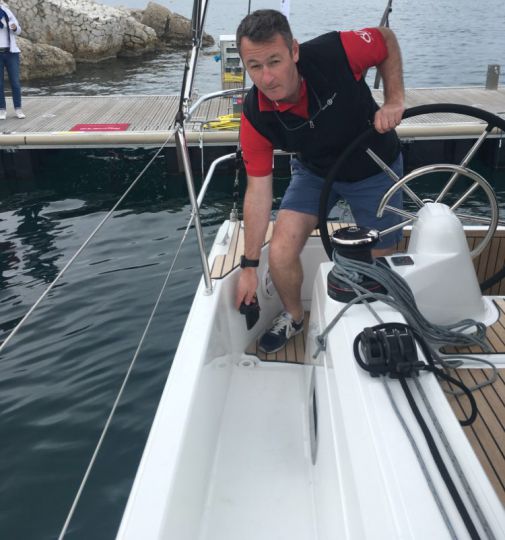
He hides his game well
At first glance, one expects a very commonplace cruiser in the current production. You have to open your eyes to discover a set of innovations that differentiate the Sun Odyssey 410 from its colleagues. On the hull side, the emphasis is on better stability in order to privilege comfort and performance while benefiting from a good agility, making it affordable to operate for less experienced sailors.
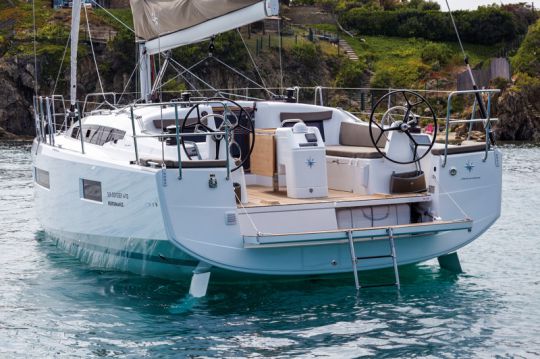
The shipyard called on Marc Lombard to design the lively works. The stability of the shape is based on a very low integral chine and wide sections at the rear. This allows the ballast to be lightened, which facilitates a possible departure on schedule in certain conditions. The 60 cm of the waterline is compensated by the inverted bow, which lightens the deck at the front end. This particularity associated with the double rudders makes the control of the evolutions more effective at all speeds, the pilot forces less and the passage in the swell is theoretically relieved.
A classic but well-tested construction
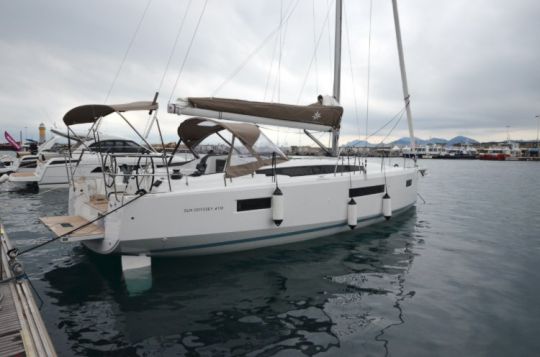
The small chine that wraps around the planking at the livet adds a modern look. Live and dead works are built in monolithic glass/resin covered with an anti-osmosis gelcoat. The deck is injected in "Prisma Process" and the counter-mold that fully reinforces the hull is infusion molded. An access to the fusible webbing has been provided for an intervention following heeling, an access which can reassure the skeptics of the formula. The standing rigging is in anodized aluminum and stainless steel monotoron. A furling mast and a higher performance version are available as options, but no carbon is proposed for the spars. Simple, economical and, above all, well-tried solutions.

